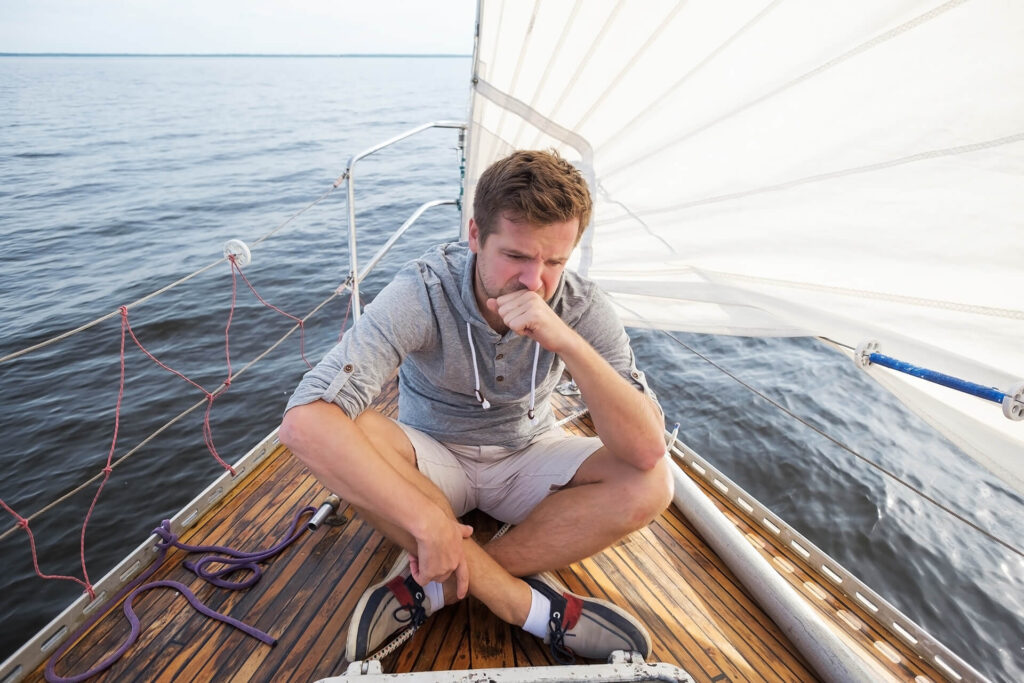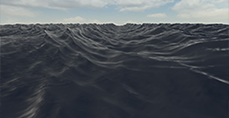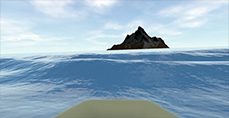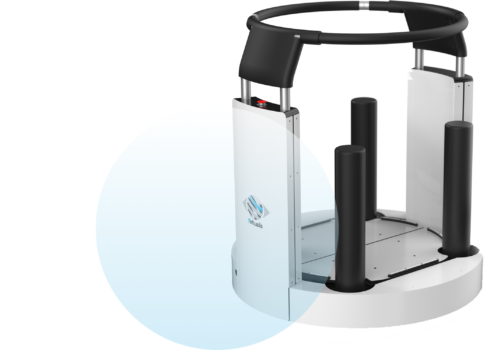motion sickness


How many patients suffer from motion sickness? Sea sickness, car sickness ... many suffer from it and think that there is no solution.
Today, virtual reality is a real ally for treating these patients in a sustainable way and enabling them to improve their daily life or resume their leisure activities.
Several factors are involved in the mechanisms that cause motion sickness. Among them, the famous Visuo-Vestibular conflict, i.e. between the vision (which does not perceive movement or only little movement) and the inner ear (which perceives all movements).
Contrary to drugs, which are taken before each trip and cause side effects (drowsiness etc...), desensitization performed in Virtual Reality thanks to the specific software contained in [Balance VR] allows to obtain long-lasting results.
Much more than a simple "sea simulator" in virtual reality, all the software contained in the [BalanceVR]pack has been designed by a specialist in motion sickness who has been internationally recognized since 2011 in collaboration with the best research teams in this field. Each module responds to a specific sensory conflict to treat all aspects of this condition.
- Car sickness
- Impossible to read in the car ...
- Sea sickness
- Mal du débarquement
How does it work in practice?
Take the case of a 36-year-old patient, for whom a car trip as a passenger is particularly arduous. Impossible rearward position, and on the passenger seat, has to fix the road during the whole trip.

The protocol recommended for this type of pathology would be:
1First of all, the Physiotherapist carries out an assessment:
- Unfortunately, the assessment is often "normal" and does not directly reflect the patient's level of sensitivity. Questionnaires of the MSSQ (Motion Sickness Susceptibility Questionnaire) type may be proposed. It is the interrogation that will make it possible to highlight provocative situations/modes of transport as well as the degree of sensitivity.
- Carrying out a Balance Sheet [CTSIB] or [SOT ] in order to eliminate a visual dependency which could be a cause, or at least an aggravating factor.
2Then comes the treatment phase with the virtual reality rehabilitation carried out by the Physiotherapist:
The choice of modules will depend on the elements gathered during the interview (anamnesis). For example, a subject sensitive to car sickness that never goes boating will not be treated with the sea simulation.
- Management can begin to familiarize the patient with sensory conflicts and assess tolerance, using [Optokinetics] and [Optical Flow].
- Gradually, the treatment will target the sensory conflict specific to car sickness with a protocol based on [Waves Reading]
- Finally, in order to get the patient back in condition and to "face" different roads as a passenger, the [Automotive Simulation] modulewill be progressively used at the end of the treatment.
Some of the exercises mentioned:




Go further with MotionVR ...
The Computerized Dynamic Posturography (CDP) & Rehabilitation Motion Simulator, MotionVR, allows to recreate complete simulations, especially for seasickness, by stimulating Visual, Proprioceptive and Vestibular inputs as close as possible to real conditions. As all the parameters are adjustable, desensitization can be carried out progressively thanks to the habituation phenomenon. MotionVR is compatible with [Optical Flow] and [Sea Simulation] software.











